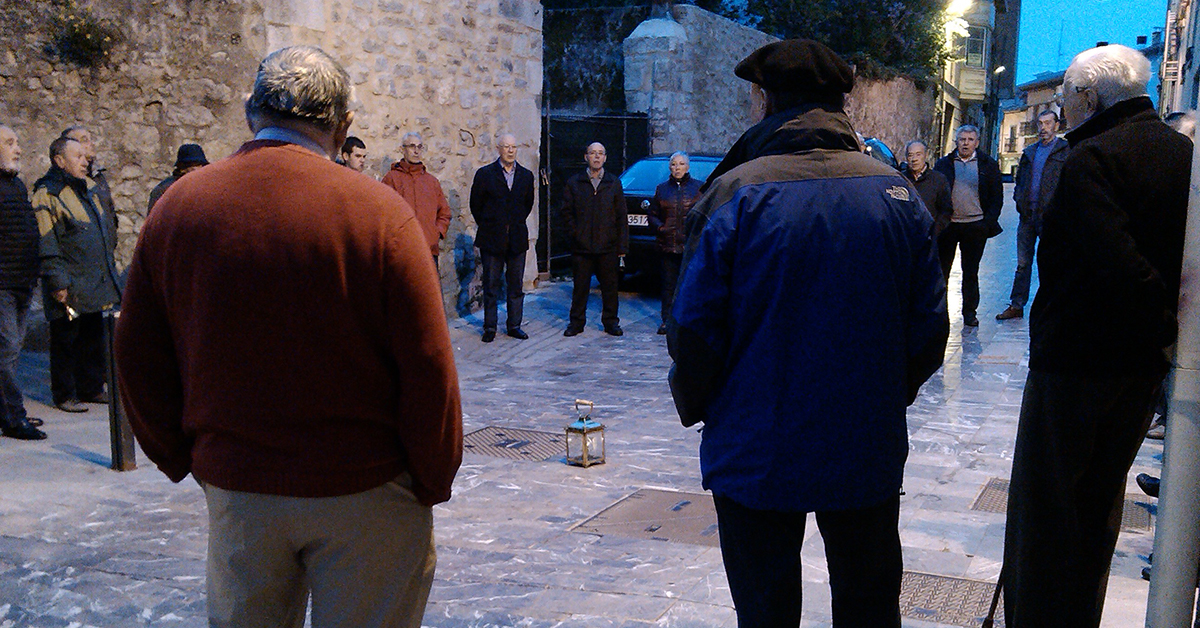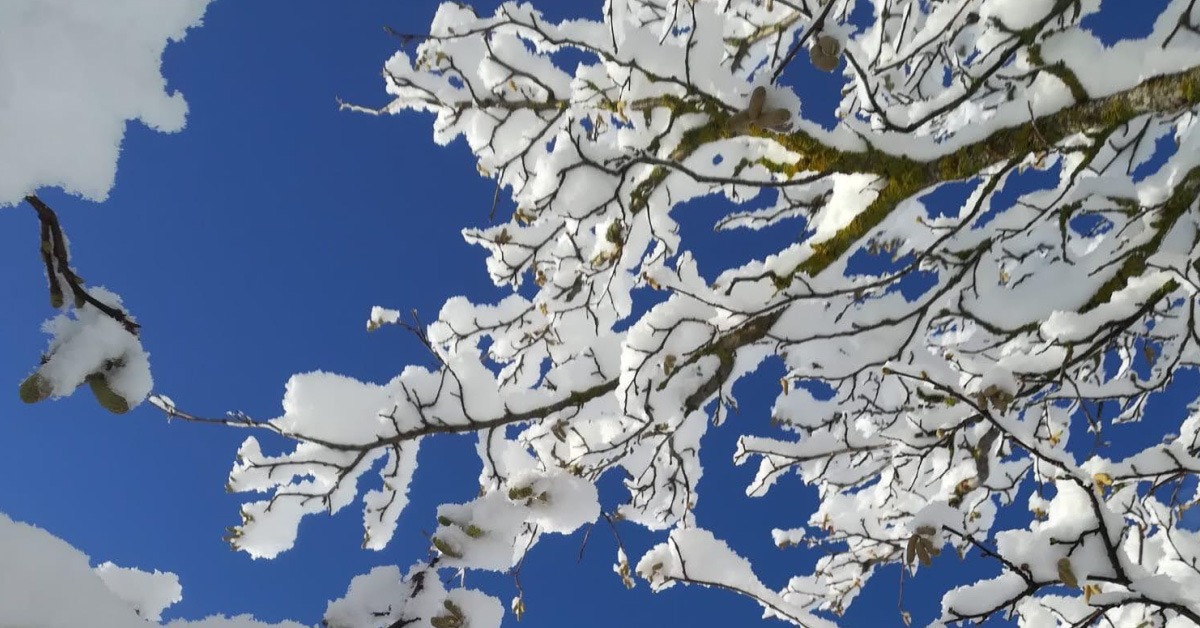Basque ethnography at a glance
In the past, some wealthy farmsteads (etxe fuerteak) had farm servants (morroi) to help with the farming and livestock work. Urban bourgeois households often had a woman or servant as domestic help. There could be more than one: a cook, nursemaid… If the family was wealthy, the employee wore a uniform. It was more unusual to have a chauffeur, who was also known as a mecánico (mechanic), gardener, etc.
In the Gernikaldea region, the servants were usually from the same town or village, a neighbouring one or from the local area. In middle-class families, the staff would often be treated as one of the family and the relations between master and farm servant or mistress and maid were good.

Women farmers at Mungia (Bizkaia) Market. Photo credit: Akaitze Kamiruaga. Labayru Fundazioa Photographic Archive.
Yesterday, on 2 December and to mark Basque Language Day, Bilbao City Council paid tribute to the vendejeras [women selling their wares at market] who continue to bring their produce to La Ribera Market; in recognition of the many decades that they have bought the Basque language of their different areas to Bilbao, along with the produce from their vegetable gardens.
Nowadays, it is unlikely that many people under fifty will have ever heard the word “vendeja”. The vendeja is the fruit and vegetable produce that the baserritarras (women farmers) take to market. And vendejera is used to refer to the women selling their wares.
Dawn songs have been a crucial aspect of popular worship in the rural world and which still persist in the early 21st century (or at least that was the case until the pandemic) in different towns of Álava. The songs have some characteristics in common, but each place has its own specific traits.
“Auroros, despertadores or rosarieros” brotherhoods who called the faithful to say the rosary of the dawn (aurora) were known to already exist back in the 17th century. Yet the heyday was from the 18th century onwards, when the worshiping of the rosary was also at its zenith. Rosaries thus began to be sung on Sundays and feast days to simple and popular melodies. Organised groups formed lamp or bell processions, that called the local residents to say a rosary at the first mass of the morning and referring to the saint and feast day in question, to whom the rosary would be dedicated.
Now we are going to deal with the white colour (zuri), to close the trilogy that we started with red (gorri), and continued with black (beltz). Not surprisingly, these three colours are, following the Scottish anthropologist Victor Turner, those that synthesize the symbolism of primitive human being, manifesting in dual opposition. As he tells us in his book The Forest of Symbols, from the contrast of the colours white and red, or black and white, all the rites of primitive societies can be explained, and of course, the Basque would not be an exception.
From the point of view of the language, the etymology of zuri (white) is not transparent, but it seems that most philologists agree, since Azkue, in relating it to wood (zura), and more specifically to the internal part of the tree trunk, which is usually whitish in colour.




